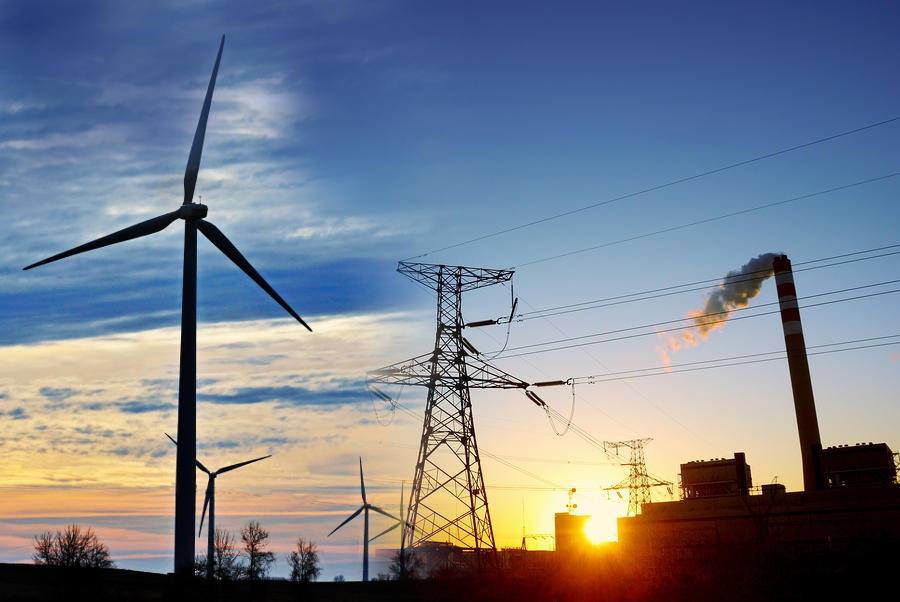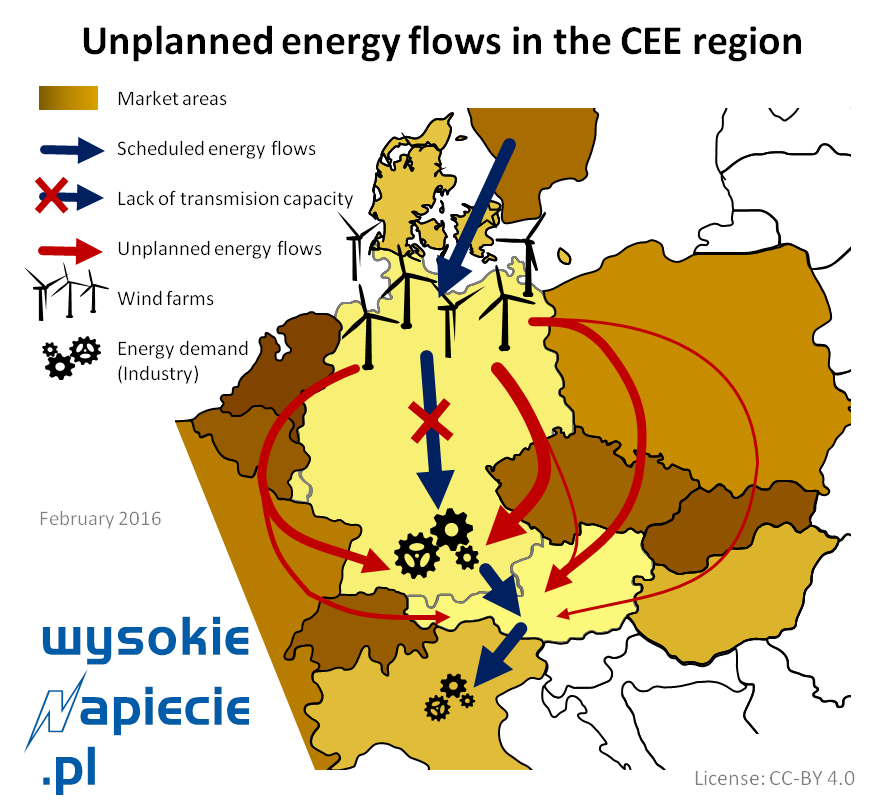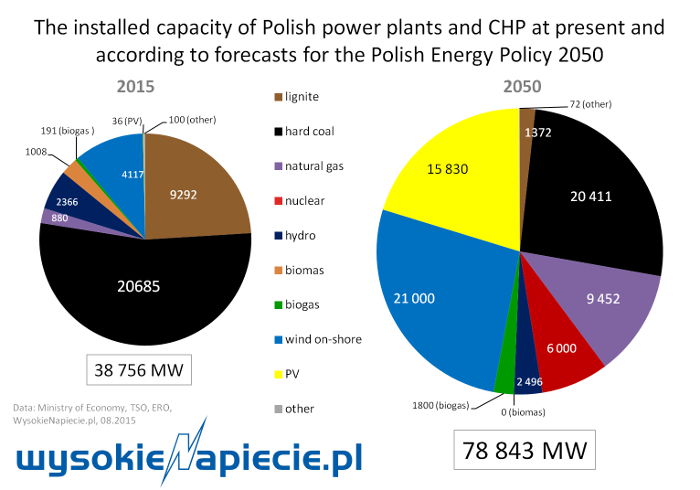
On 19 February 2016 a draft Wind Farm Investment Act (Draft Act) was filed with the Polish Parliament by a group of MPs from the ruling party.
The Draft Act introduces substantive changes in the definition of ‘wind farm generator’ (WTG), as well as in regard to the commissioning and location of WTGs. The Draft Act applies to WTGs with a capacity over 40 kW; hence it does not apply to microinstallations.
Here is a summary of the key legal changes:
New WTG Definition
Currently, the Building Law differentiates between the construction elements of WTGs, which are subject to Building Law regulations, and their mechanical parts (rotor with blades). The Draft Act defines a WTG as a single construction object (construction category No. XXIX) encompassing the foundations, tower as well as the technical elements including rotor and blades. If the Draft Act is adopted and comes into force in its current shape the entire WTG will be subject to Building Law regulations and the jurisdiction of the Construction Supervision Authority (Polish: Nadzór Budowlany). As a further consequence of this change real estate tax should be calculated from the entire WTG.
Minimum Distances
The Draft Act sets the minimum distance (Minimum Distance) for the location of wind farm projects from residential estates and environmentally protected areas. The Minimum Distance is 10 times the height of the WTG (including rotor and blades). It is to be measured from the border of the area indicated in the zoning plan or zoning decision in which wind farm investments are permitted.
Planning
The Draft Act abolishes the possibility of obtaining zoning permits (decisions) for wind farm investments. It provides that wind farm projects may only be located based on the local zoning plan and must be compatible with the Minimum Distance requirement.
Any zoning permits issued prior to the entry into force of the new law will remain valid for a period of one year from this date, but only if compatible with the Minimum Distance requirements. Other decisions will expire when the Draft Act comes into force.
Local zoning plans adopted prior to the new law will remain in force; however it will be possible to obtain a building permit on its basis only if the project complies with the Minimum Distance requirements. The Draft Act provides that building permits issued prior to the entry into force of the new law will remain valid as long as an occupancy permit is obtained within a period of three years from the date on which the Draft Act comes into force.
Commissioning
The Draft Act also makes important changes in regard to the commissioning of wind farms. Occupancy (usage) permits will be obligatory for all wind farm projects.
In addition to an occupancy permit, the investor will be required to obtain an exploitation decision from the Technical Supervision Authority (Polish: Urząd Dozoru Technicznego). This decision is to be obtained in addition to the occupancy permit. It will require the completion of a technical start-up performed in the presence of the Technical Supervision Authority.
Exploitation decisions will be valid for a period of two years and will be extendable for subsequent two-year periods. Their issuance and extension will be subject to the Technical Supervision Authority’s inspection and a fee. The fee applicable for the issuance / extension of an exploitation decision will be determined by the Ministry of Economy at a level not exceeding 1% of the project value. Exploitation decisions will also be required for the wind farms commissioned before the new law and will have to be obtained by the owner within one year from the day on which the new law comes into force.
Should you have any questions or would like to obtain more information, please contact us or any of your other contacts at Linklaters.
Linklaters Warsaw Projects Practice









 The situation on the Polish-German border poses a threat of an uncontrolled outage of the grid in the EU, in a scale comparable to the infamous collapse of the western European power system in November 2006, Polish power grid operator warns in a report. The Polish government is asking the EU energy commissioner for help.
The situation on the Polish-German border poses a threat of an uncontrolled outage of the grid in the EU, in a scale comparable to the infamous collapse of the western European power system in November 2006, Polish power grid operator warns in a report. The Polish government is asking the EU energy commissioner for help. Poland's biggest power concern, state-run Polska Grupa Energetyczna (PGE) has recently written off some PLN 9 bln (EUR 2.1 bln) in a revaluation of its key power plants and plans to revise its business strategy. The group will scale down investments, attempt to cut costs and place more focus on the diversification of the fuel mix.
Poland's biggest power concern, state-run Polska Grupa Energetyczna (PGE) has recently written off some PLN 9 bln (EUR 2.1 bln) in a revaluation of its key power plants and plans to revise its business strategy. The group will scale down investments, attempt to cut costs and place more focus on the diversification of the fuel mix.  Despite the provisions on the key share of lignite and hard coal in the energy mix, Poland will continue to increase the share of renewables also after 2020. To what extent – that is yet to be determined as haggling over the exact target share of renewables is still underway. Below, we present concepts that have been discussed by the governmental teams as well as the forecasts commissioned by the Economy Ministry.
Despite the provisions on the key share of lignite and hard coal in the energy mix, Poland will continue to increase the share of renewables also after 2020. To what extent – that is yet to be determined as haggling over the exact target share of renewables is still underway. Below, we present concepts that have been discussed by the governmental teams as well as the forecasts commissioned by the Economy Ministry. Opposing climate policy, defending coal industry employees and diversifying natural gas supplies – these are political declarations of Poland's president-elect. Then there are also the declarations of Duda’a party PiS to consider: tilting at windmills, poor support for Poland’s nuclear power plant and for prosumer energy sector. The new president stands for the continuation along the lines of energy policy of PO-PSL government.
Opposing climate policy, defending coal industry employees and diversifying natural gas supplies – these are political declarations of Poland's president-elect. Then there are also the declarations of Duda’a party PiS to consider: tilting at windmills, poor support for Poland’s nuclear power plant and for prosumer energy sector. The new president stands for the continuation along the lines of energy policy of PO-PSL government.